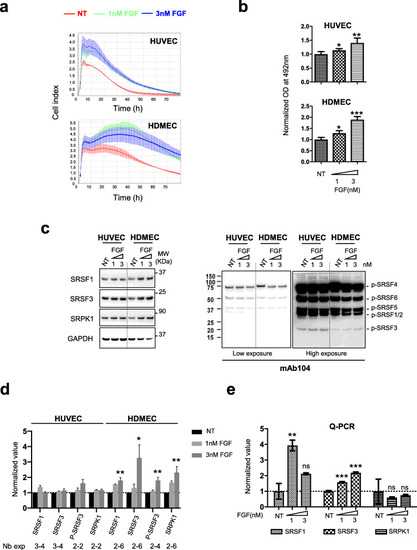Fig. 1
- ID
- ZDB-FIG-210902-93
- Publication
- Jia et al., 2021 - FGF-2 promotes angiogenesis through a SRSF1/SRSF3/SRPK1-dependent axis that controls VEGFR1 splicing in endothelial cells
- Other Figures
- All Figure Page
- Back to All Figure Page
|
FGF-2 increases SRSF1, SRSF3 and SRPK1 protein levels in primary endothelial cells. |

